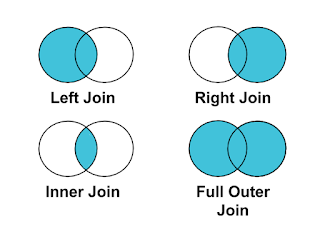Business Analyst v/s Business Intelligence
This blog mainly highlights the difference between Business Analytical tools and Business Intelligence tools. Both of them perform in a similar manner but they are different in functionality.
Business Intelligence (BI) is a much wider category which includes Business Analytics (BA) and Data Analytics but overall all of them are data management systems. The very basic difference between them is BI focuses on descriptive analytics while BA focuses on predictive analytics.
Descriptive analytics provide a picture of the past and present of any company while predictive analytics focuses on the future possibilities. Both predictive and descriptive analytics is necessary for any business so if there’s a choice to be made between BI and BA it always depends on what you want to achieve by implementing it and the person who is going to use it. At the same time, a company should understand this difference to execute a cost-effective and insightful method. If both of the tools used together it will be a guaranteed success for any business because you will be aware of the past, present, and future of the business.
The role of a BI Analyst is to work closely with both financial and marketing data of the company and evaluate data that is reported publicly by other companies to get a better look at the performance of any business. BI analyst is mainly responsible for the overall performance of any company while Business Analyst role is to handle specific department performance. Both the role requires a great analytical mindset and critical thinking which can help in improved decision making at different levels.
There is no such winner between these two it all depends on your needs and objective. In today's era, people are trying to amalgamate both roles as Business Intelligence Analysts. Until and unless people are transforming data into insights both of them win.




Comments
Post a Comment